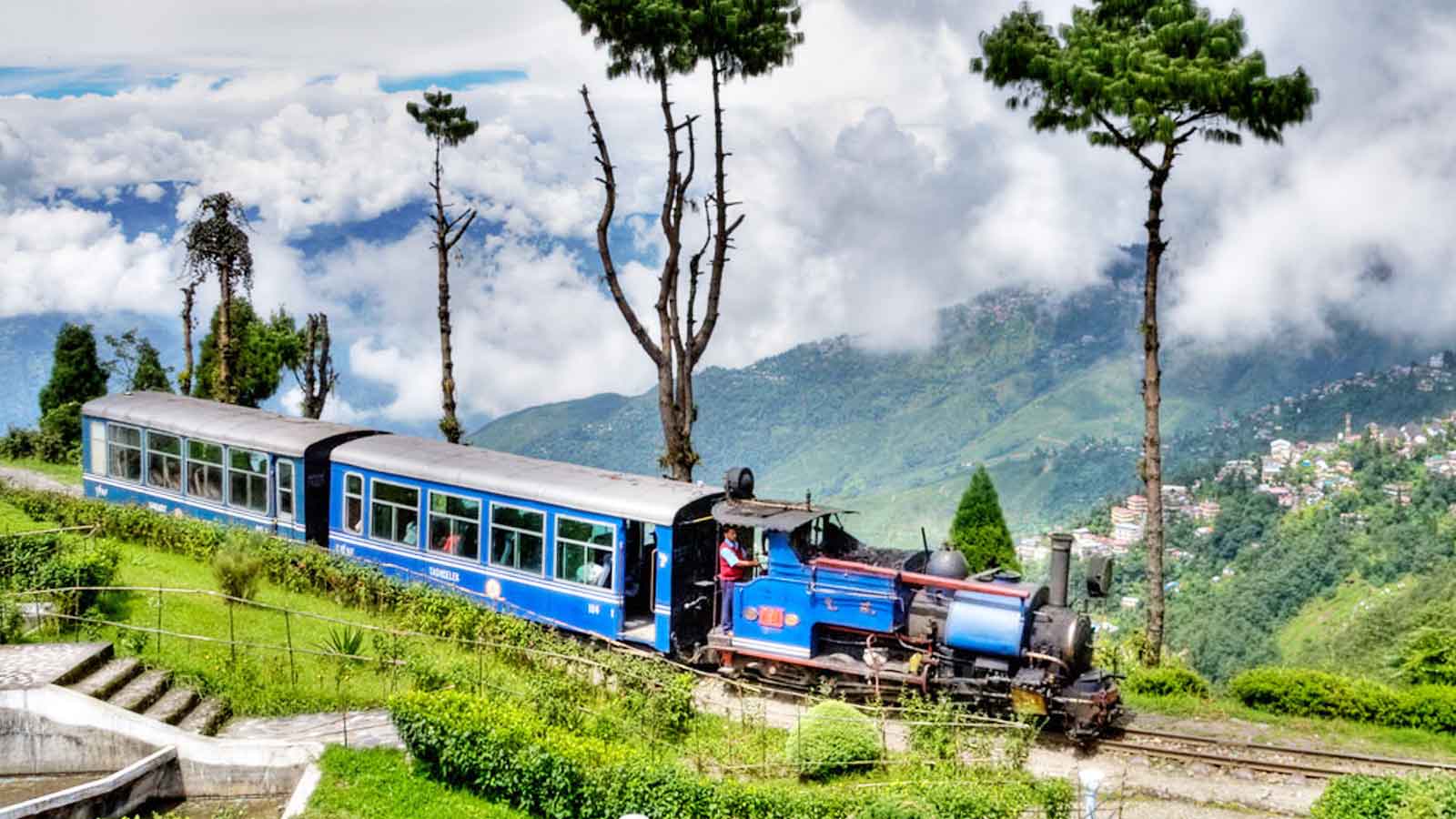How ball room dance steps helped Darjeeling Toy Train journey

If you have ever travelled by Darjeeling’s toy train, you must have experienced the unparallel panoramic beauty of the rolling hills and quaint hamlets on the way. While crossing Kurseong, Sonada and Ghum, the hamlets look like fairytale playhouses. The British could easily figure out that the toy train had to be small and run on narrow gauge so that it can suddenly climb to a height of 7,407 feet near Ghum. It has to travel through steep lands as it again descends down to Darjeeling. The toy train has always reflected Bengal’s rich colonial history and has enabled us to romanticize the Himalayas. No wonder, UNESCO has given a heritage tag to the Darjeeling toy train!
In 1835, British rulers got Darjeeling from the king of Sikkim as a form of deed of donation. Darjeeling was almost like a wild paradise then, a dreamland for the British. Darjeeling was taken over with a purpose of building hospitals for the wounded and sick soldiers. But the incredible beauty of the hills compelled the British to develop it as a hill station. The native workers were employed to build Hill Cart Road. Many perished because of the heavy rainfall, lack of places to stay and the intense cold. But that did not stop the work of creating a city on the lap of hills. Gradually, Darjeeling started developing as the queen of the hills with churches, schools, graveyards, jails and a lot more. The tea-estate of Makaibari also developed. The British ladies usually travelled to Darjeeling in search of a ‘home weather.’ Their luggage had to be carried to the higher altitude which was quite an uphill task in itself. With this, arrived the requirement of the railways.
But creating a railway route in such high altitude was not a cakewalk. After much research, it was decided that the narrow-gauge line would be introduced. In 1879, the steam tramway company started constructing the railway line parallel to the Hill Cart Road. Eight steam engines were brought from Manchester. Finally, on July 3, 1881, the first toy train started its journey to Darjeeling from Siliguri. The name of the company also changed to The Himalayan Railway Company. Around 51 miles from New Jalpaiguri to Darjeeling was a path full of wonders. The total number of stations were 13 but the speed was restricted to 10miles/hour due to hilly terrain. The moss and fern trees on the right would come to kiss your face with its wilderness. The dramatic shift of the hills will leave you mesmerized. As the train climbs up, the Tung forests welcome you. The Tung station is named after this forest. The shadow of maple, peepal tree, oak, magnolia, chest and oak trees will offer you the much needed relief. The serenity of the nature on both sides of the toy train, as you travel, leaves you in awe. But the British soon changed the landscape by planting Creptomaria pines imported from Japan. And new tea-estates were opened along the hills of Kurseong.
The forests on both sides were home to wild pigs, beer, elephants, leopards and tigers. Animals would often come in front of the toy train if their peace was disrupted. Gradually, the reverse technique of toy train came into being. There is a history behind the creation of the reverse. The architect could not figure out how the train would ascend to such high altitudes! His wife came up with a brilliant solution. During ball dance, people would take one step ahead and take two steps back from one corner of the hall room. The same was incorporated in case of the toy train by the architect and the concept of reverse came into existence.
Certain regions where the railway route could not penetrate, remained as a cornered territory. Hope Town, near Margaret Tea Estate was one such area. The British made houses, gardens, St John’s church here. But the Toy Train never entered this part of the hills. Another toy train route near Kalimpong started in 1915 which was called Teesta Valley Extension. Tagore availed this way while going to Mungpoo. This rail route perished due to the flood of 1950. Despite many interruptions and hindrances, the toy train route did not come to a standstill. Even today it exists as a piece of heritage.









